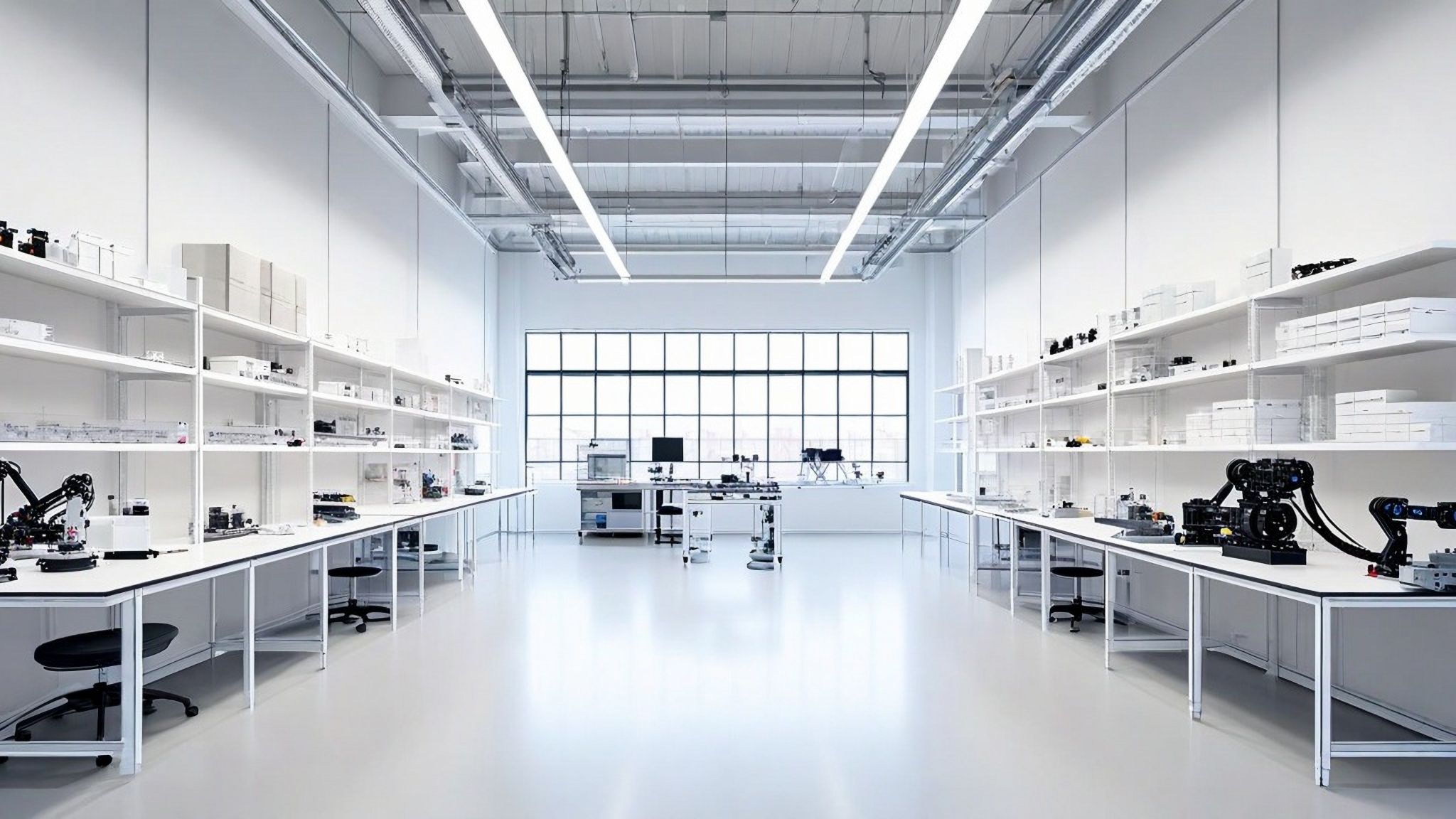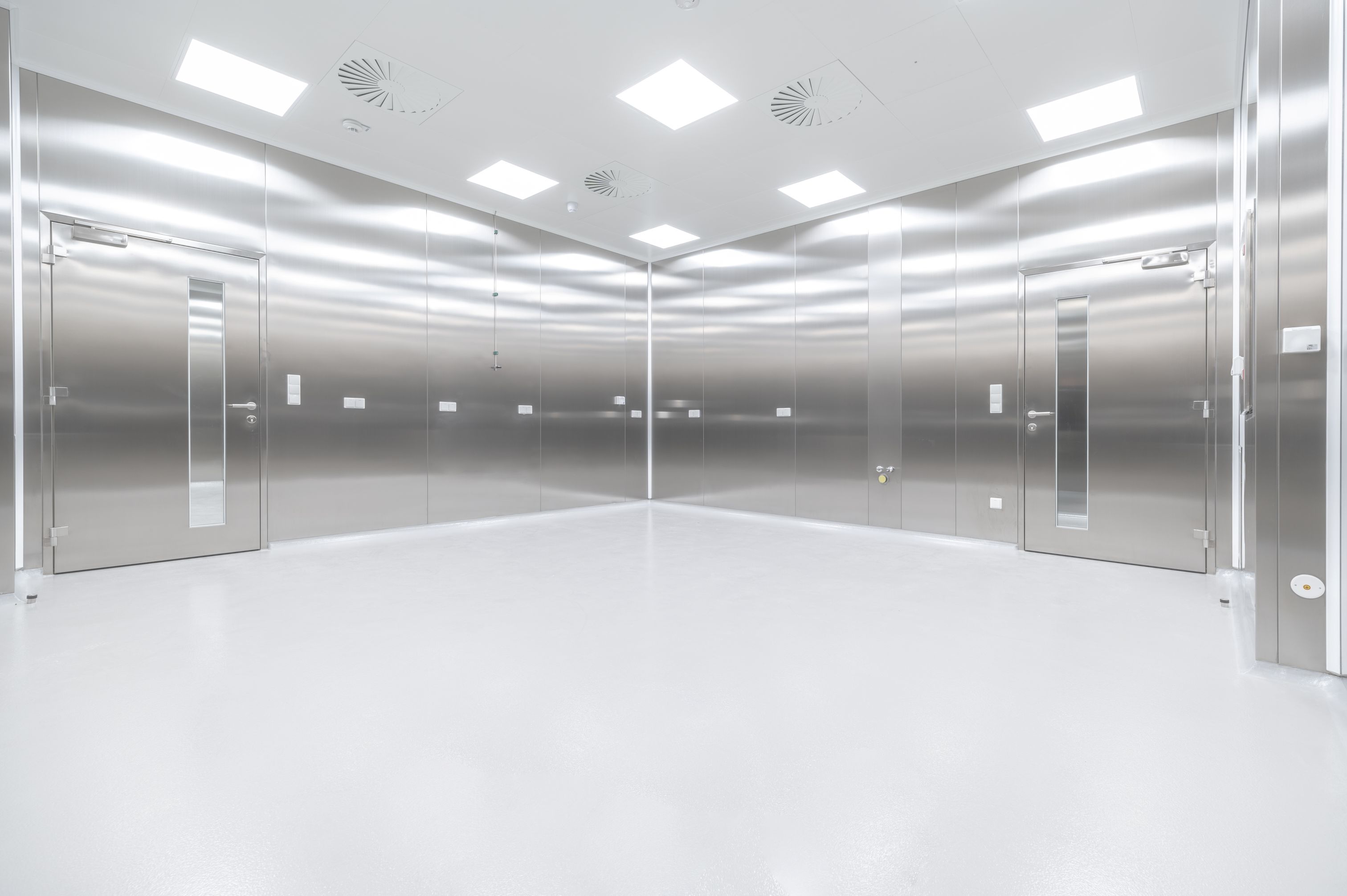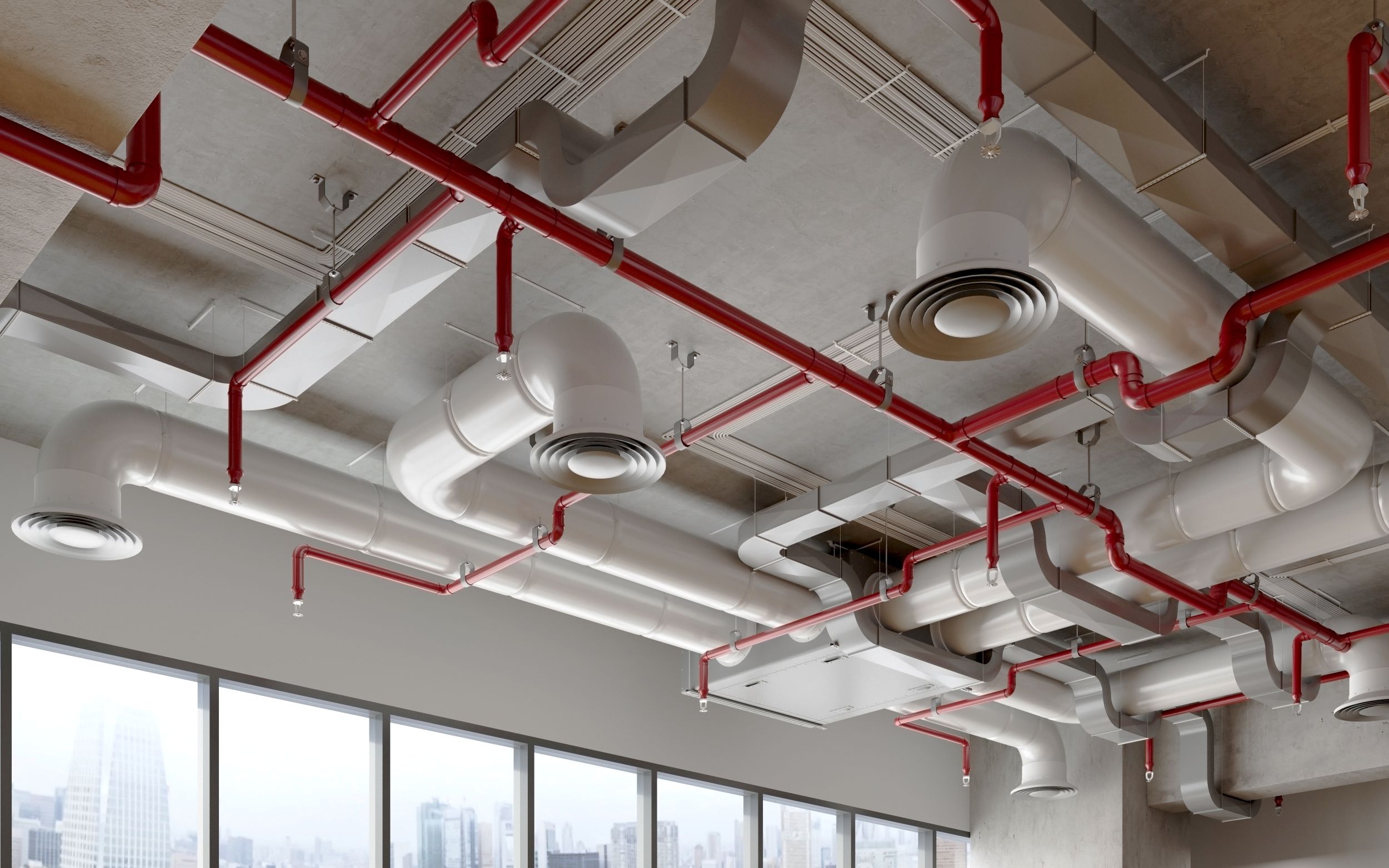What Is The Best Flooring For Science Buildings?
A look at the best flooring choices for UK Science Buildings

As the UK accelerates its life-science investment programmes, the design of research environments is under sharper scrutiny than ever. Architects from BDP and Herzog & de Meuron to Arup—are redefining how science buildings meet the twin demands of flexibility and human-centred design. In these adaptable environments, flooring isn’t just a finish; it’s now part of the building’s long-term performance system. Clients are asking for long term sustainability, flexibility of use and value for money.
Performance First: A New Architectural Responsibility
Well designed modern laboratories blend architectural vision with technical precision. Our architectural contact base tells us that they are now being asked to integrate lab planning and material specification much earlier in the design stages. This shift places resilient flooring—particularly rubber—at the heart of early design discussions about durability, safety, and reconfiguration.
Designed for Flexibility
Life-science buildings are being expected to be able to offer constant evolution: new instruments, changing teams, shifting utilities. Rubber’s modular formats and compatibility with raised-floor systems allow spaces to be reconfigured without structural disruption, preserving both performance and aesthetic continuity.
Hygienic and Resilient by Nature
According to Artigo’s laboratory flooring research, rubber’s dense, non-porous surface prevents the ingress of both chemicals and microbes. Its bacteriostatic qualities, coupled with smooth, easily cleaned surfaces, support rigorous hygiene standards in sterile zones.
Quiet Strength Underfoot
From microscopes to mobile carts, vibration control also matters. Rubber flooring’s ability to manage impacts and dampen micro-movement can help to protect both sensitive instruments and assist with user comfort. The result: a floor that feels good to work on for long hours while protecting valuable equipment.
In short: rubber flooring isn’t just durable—it’s a material that meets the architectural, technical, and environmental aspirations shaping the UK’s next generation of science buildings.
Each project is unique so please contact us directly for samples and specific guidance with new schemes.
Third party information sources used within this blog:
- Designing Life-Sciences Buildings. RIBA Journal, February 2025.
- The Role of Architects in Modern Research Spaces. Lab Manager, 2024.
- Laboratory Flooring. Artigo S.p.A., 2024.



